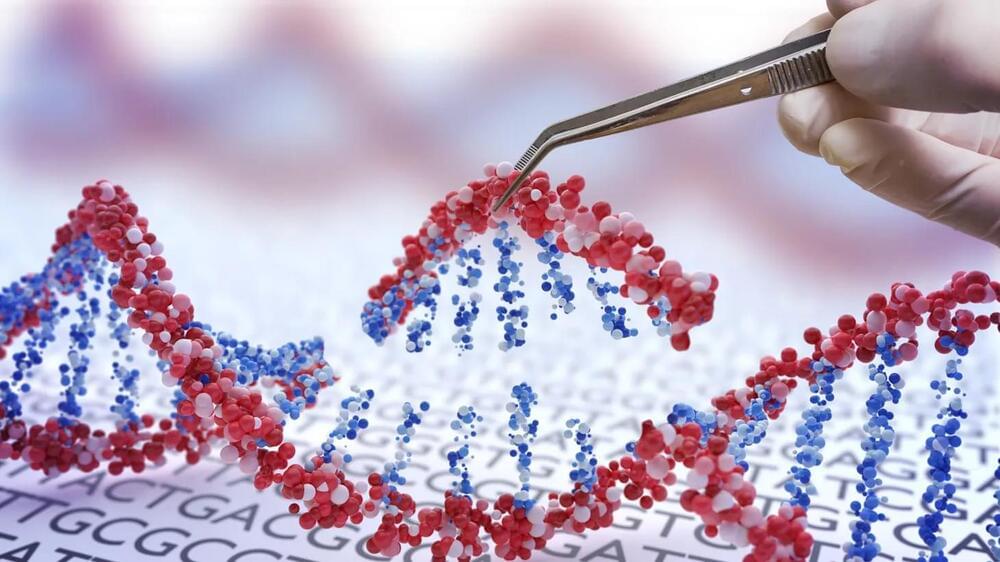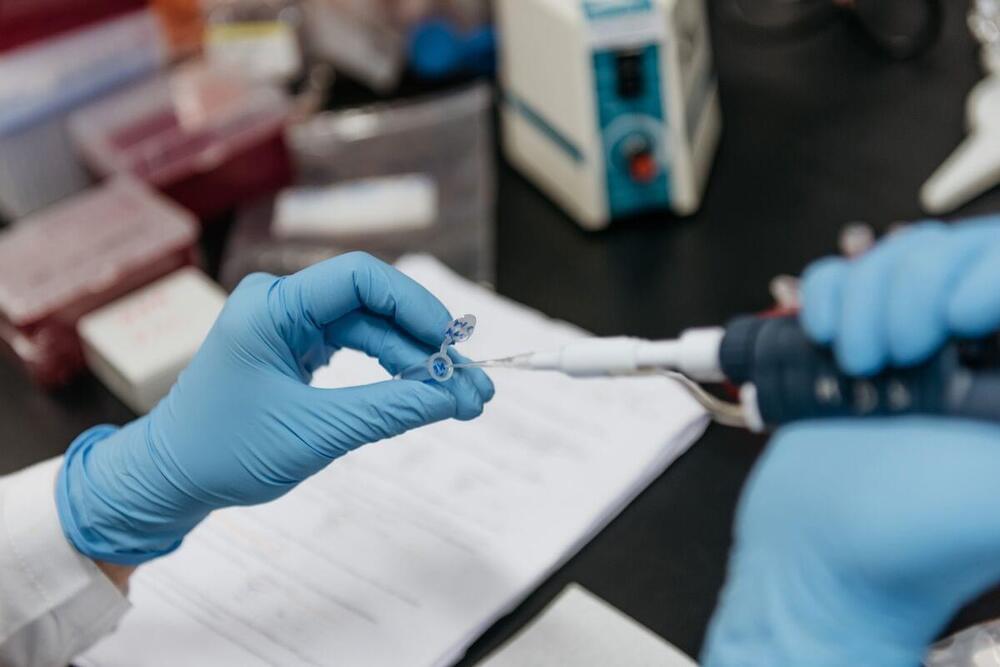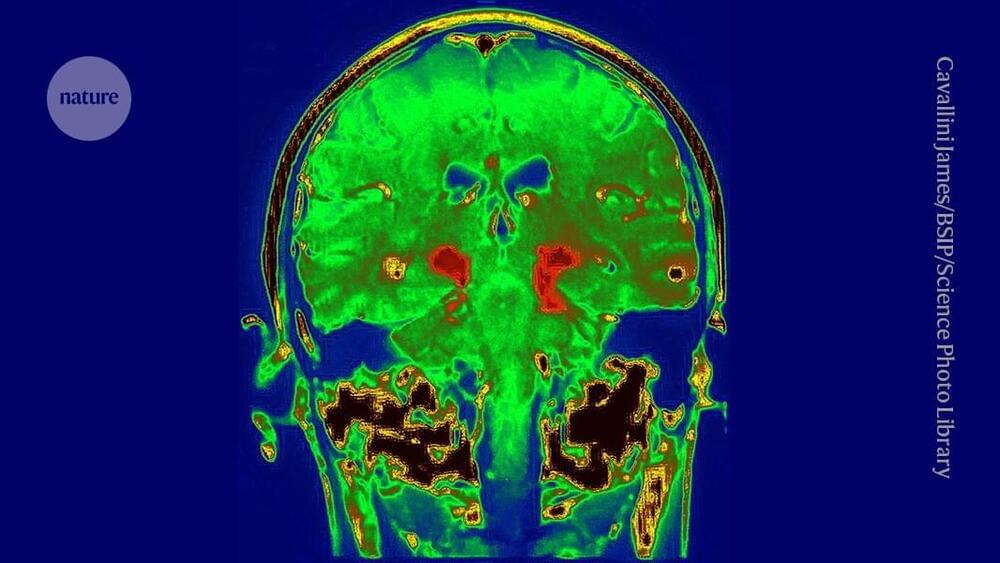Company eyes clinical trials of mRNA therapy targeting intracellular free cholesterol after receiving ‘favorable’ pre-IND feedback.



USA: Using an electronic health record (EHR)-based algorithm plus practice facilitators embedded in primary care clinics did not reduce hospitalization at one year, according to a pragmatic trial involving patients with the triad of chronic kidney disease, hypertension, and type 2 diabetes.
“The hospitalization rate of patients in the intervention group at one year was about the same as that with usual care (20.7% vs 21.1%),” the researchers reported in the ICD-Pieces study published in the New England Journal of Medicine.
Patients with chronic kidney disease (CKD), type 2 diabetes (T2D), and hypertension (the kidney-dysfunction triad) are at high risk for multiple complications, end-stage kidney disease, and premature death. Despite the availability of effective therapies for these patients, there is a lack of results of large-scale trials examining the implementation of guideline-directed therapy to reduce death and complications risk in this population.
The world’s most powerful MRI machine has started proving its worth, by scanning living human brains. The resulting images give an ultra high resolution glimpse into the brain, which will help us better understand the nature of consciousness and treat neurodegenerative diseases.
Developed by the French Alternative Energies and Atomic Energy Commission (CEA), the Iseult MRI machine packs a magnetic field strength of 11.7 Teslas (T). By comparison, conventional MRI machines in wide use in hospitals today are usually 1.5 or at most 3 T.
The main benefit of that extra power is that much higher resolution images of the brain can be taken, much quicker. In just four minutes, Iseult can capture images down to 0.2 mm (0.008 in) of brain tissue horizontally, in ‘slices’ just 1-mm (0.04-in) thick. That volume is the equivalent of a few thousand neurons at a time.

You’ve probably heard about the gene-editing technology CRISPR. The massive biotech breakthrough, which has emerged in the last decade, has mainly been touted for the ways it will let scientists edit the human genome — hopefully to cure genetic diseases or perhaps, more worryingly, to create “designer babies.” But CRISPR is also being used in another area, the world of food.
Cultural anthropologist Dr. Lauren Crossland-Marr hosts the five-episode podcast A CRISPR Bite. She takes listeners into labs as researchers tinker with the genes in what we eat and drink. What, exactly, are they trying to achieve? And what’s at stake?

Using this natural process as a basis, scientists developed a gene-editing tool called CRISPR/Cas that can cut a specific DNA sequence by simply providing it with an RNA template of the target sequence. This allows scientists to add, delete, or replace elements within the target DNA sequence. Slicing a specific part of a gene’s DNA sequence with the help of the Cas9 enzyme, aids in DNA repair.
This system represented a big leap from previous gene-editing technologies, which required designing and making a custom DNA-cutting enzyme for each target sequence rather than simply providing an RNA guide, which is much simpler to synthesize.
CRISPR gene editing has already changed the way scientists do research, allowing a wide range of applications across multiple fields. Here are some of the diseases that scientists aim to tackle using CRISPR/Cas technology, testing its possibilities and limits as a medical tool.
Recent research published in Nature Communications from the Nuffield Department of Clinical Neurosciences at the University of Oxford has identified 15 modifiable risk factors for dementia, and of those diabetes, alcohol intake, and traffic-related air pollution are the most harmful.
Previous research from this group revealed an area of weakness in the brain of a specific network of higher-order regions that only develop later in adolescence but also display earlier degeneration in old age, and they showed that this brain network is particularly vulnerable to Alzheimer’s disease and schizophrenia. This study investigated genetic and modifiable influences on these regions by utilizing data from the UK Biobank.
This study examined 161 risk factors for dementia by analyzing brain scans of 40,000 people over the age of 45 years old. The modifiable risk factors were ranked by their impact on the vulnerable brain network over and above the natural effects of aging, classifying them into 15 broad categories: blood pressure, diabetes, weight, cholesterol, smoking, inflammation, hearing, sleep, diet, physical activity, education, socialism, pollution, alcohol consumption, and depressive mood.


Have your buffalo wings, save the chicken. Step inside a lab-grown meat factory with us to see the future of food.
Up next, Meet Apollo, the real-life robot who wants to give you more free time | Hard Reset ► • Meet Apollo, the real-life robot who…
Lab-grown meat, cultivated meat, cell-based meat, slaughter-free meat: All of these terms refer to the process of creating real meat from animal cells, despite names that may allude to a vegan product.
What benefits are there to growing meat from chicken cells rather than raising animals for slaughter? Industrial animal agriculture is responsible for an estimated 15 percent of total global greenhouse gas emissions, and with demand for meat projected to double in the next decade, this technology could offer a more sustainable option.
Come with us as we step inside a lab-grown meat facility, and become some of the first to taste-test chicken that was grown in a bioreactor instead of on a factory farm.
00:00 Welcome to Hard Reset.
A supersonic drone that will be propelled by a revolutionary new engine has taken to the skies for the first time. When Venus Aerospace’s aircraft does go supersonic on a later date, it will be powered by a Rotating Detonation Rocket Engine (RDRE).
Supersonic drones may sound like something bleeding edge, but they’re surprisingly old hat as a basic concept. As far back as the early 1950s, the US Air Force was fielding remote-controlled supersonic jets for targets to test air defenses, as platforms for reconnaissance in dangerous areas, or as weapons armed with conventional or nuclear warheads.
However, the one thing they’ve all had in common over the past 75 years was a jet engine for propulsion to boost them past Mach 1. In recent years, advances in avionics, aerodynamics, and autonomous systems have allowed uncrewed aircraft to expand their roles, but at their heart, they were still jet propelled.